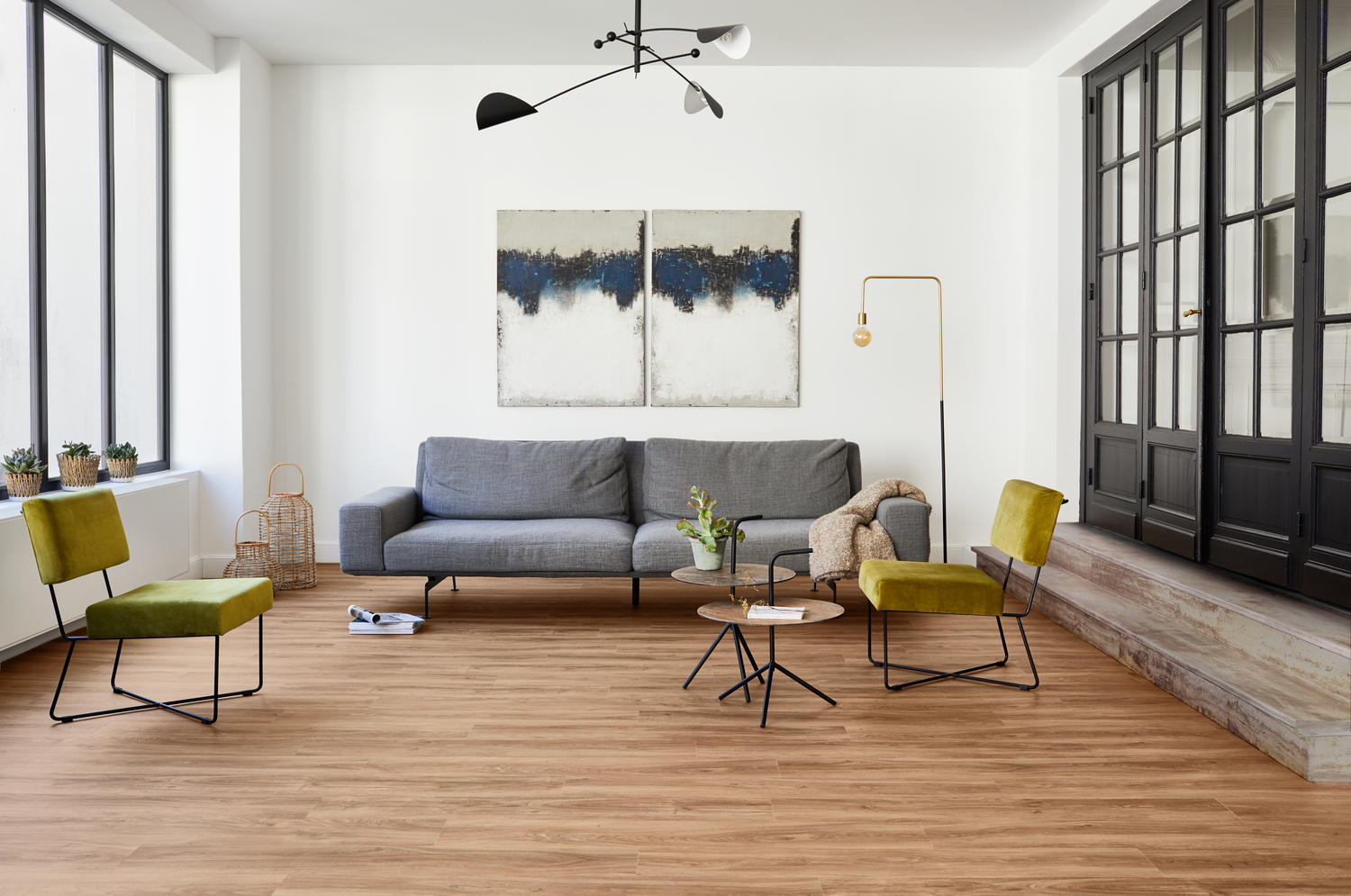Introduction
In an age where daily life feels increasingly hectic and overstimulated, the spaces we inhabit have taken on a new importance. The growing popularity of minimalism in interior design reflects a collective desire for calm, clarity, and intentional living. More than just an aesthetic trend, minimalism offers a lifestyle that emphasizes simplicity, purpose, and peace of mind.
This article delves deep into what minimalism truly means in the context of interior design, how it enhances living spaces, and why it has become a timeless choice for homeowners and designers around the world.
What Is Minimalist Interior Design?
Minimalist interior design is centered around the idea that less is more. It’s about removing unnecessary elements and focusing on the essentials. Every piece of furniture, every fixture, and every design detail has a clear purpose. The goal is to create spaces that feel open, clean, and uncluttered—spaces that encourage mindfulness and functionality.
Key characteristics of minimalist interiors include:
- Clean lines and simple forms
- A neutral color palette with occasional accents
- Open floor plans
- Thoughtful furniture placement
- Absence of clutter and excess decoration
The Origins and Philosophy of Minimalism
Minimalism as a design philosophy can be traced back to post-World War II movements in art and architecture, particularly in Japan and the West. Japanese Zen aesthetics, with their emphasis on simplicity and natural materials, deeply influenced this movement. Meanwhile, the Western Bauhaus and De Stijl movements focused on functional design stripped of ornamentation.
At its core, minimalism is not about deprivation—it’s about clarity. It asks us to question: “What do I truly need?” and “Does this add value to my life?” When applied to interiors, this philosophy helps create peaceful environments where every element has a reason to exist.
Why Minimalism Works in Modern Interiors
Modern life often involves constant interaction with technology, overflowing schedules, and sensory overload. Minimalist interiors offer a counterbalance—spaces that promote calmness, clarity, and rest.
Mental Clarity Through Physical Space
A cluttered home can lead to a cluttered mind. Minimalist interiors reduce visual noise, allowing the mind to relax. A clean, organized space fosters better focus, productivity, and emotional well-being.
Aesthetic Timelessness
Minimalist interiors don’t chase fads. They rely on classic forms, subdued colors, and high-quality materials—choices that remain stylish for decades. This timelessness also makes minimalist design more sustainable, as it avoids the need for constant updates.
Flexibility and Functionality
Minimalism prioritizes multi-use furniture and adaptable layouts. This makes it especially suitable for small apartments, open-concept homes, or changing family needs. Functionality is built into the design, not added as an afterthought.
Elements That Define Minimalist Interior Design
1. Neutral Color Palettes
Minimalist design often begins with a base of white, beige, gray, or soft earth tones. These colors create a serene backdrop and amplify natural light. Accent colors are used sparingly—often through artwork, cushions, or plants—to add subtle warmth or personality.
2. Clean Lines and Simple Forms
From sofas to shelving, minimalist furniture favors geometric shapes and clean lines. Curves, when used, are gentle and restrained. The emphasis is on form following function, with no extraneous decoration.
3. Quality Over Quantity
In minimalist interiors, fewer items mean each one matters more. This encourages investing in well-crafted, durable pieces that provide beauty and functionality. Whether it’s a sleek dining table or a handwoven rug, the focus is on quality, not volume.
4. Open Space and Natural Light
Minimalism values negative space—the areas that are intentionally left empty. This helps a room feel open, airy, and uncluttered. Large windows, sheer curtains, and reflective surfaces like mirrors or glass amplify natural light and openness.
5. Thoughtful Storage Solutions
Minimalist interiors are not devoid of possessions, but they hide them smartly. Built-in cabinetry, floating shelves, and under-bed storage help maintain the aesthetic while keeping necessary items within reach.
Common Misconceptions About Minimalism
Despite its growing popularity, minimalism is sometimes misunderstood. Here are some myths worth debunking:
Myth 1: Minimalism Is Cold and Uninviting
Reality: While stark white rooms with no personality may come to mind, minimalism done right can be incredibly warm and cozy. Natural textures—like wood, linen, wool, and stone—bring depth and comfort to minimalist spaces.
Myth 2: Minimalism Means Bare Walls and Empty Rooms
Reality: Minimalism encourages purposefulness, not emptiness. Art, decor, and personal touches are welcome—as long as they serve a function or bring true joy.
Myth 3: Minimalist Interiors Are Only for the Wealthy
Reality: While some minimalist furniture pieces can be costly, minimalism also encourages frugality. Buying fewer items, repurposing existing ones, and valuing functionality can reduce spending in the long term.
Bringing Minimalism into Your Home
Transitioning to a minimalist interior doesn’t require a complete overhaul. Here’s how to get started:
Step 1: Declutter with Intention
Start by removing items that no longer serve a purpose or bring joy. Be honest about what you use regularly and what’s just taking up space.
Step 2: Prioritize Functionality
When choosing furniture or decor, ask: “Is this necessary?” and “Does this serve a purpose?” If it’s purely decorative, ensure it genuinely adds to the ambiance.
Step 3: Embrace Empty Space
Don’t feel pressured to fill every wall or corner. Allow the room to breathe. Sometimes, an empty wall is more powerful than one crowded with frames.
Step 4: Choose a Unified Color Scheme
Stick to a simple palette to maintain visual harmony. You can add texture and contrast through materials rather than bright or clashing colors.
Step 5: Incorporate Nature
Bringing in natural elements like plants, wooden textures, or stone accents softens the minimalist aesthetic and connects the space to the outdoors.
Minimalism Beyond the Home
While this article focuses on interior design, minimalism is a holistic lifestyle. It encourages conscious consumption, mindfulness, and living with intention. Applying minimalist principles to your surroundings can also inspire simplicity in other areas—wardrobes, finances, schedules, and digital spaces.
Conclusion
Minimalism in interior design is more than just a visual style—it’s a deliberate approach to living. It brings balance, clarity, and beauty into your home by celebrating the essential and eliminating the excess. Whether you’re starting from scratch or slowly simplifying your space, minimalism offers a powerful framework to create environments that support well-being and purpose.
In a fast-paced world full of noise, the minimalist home becomes a sanctuary—a quiet retreat that speaks volumes in its silence.




